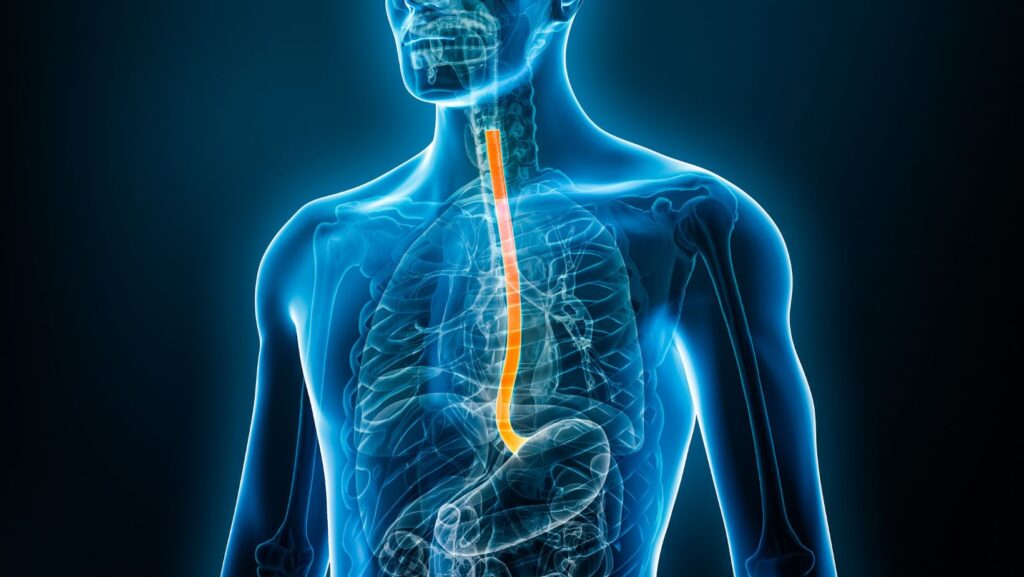
Your chest cavity houses vital organs like your lungs, heart, esophagus, and trachea. When problems arise in these areas, thoracic surgery, also known as chest surgery, becomes a potential solution. These procedures can be lifesaving, offering significant benefits for a variety of conditions.
Lung Procedures: Addressing Lung Issues
When lung problems arise, thoracic surgery offers a variety of procedures to diagnose and treat these conditions. This can range from minimally invasive biopsies to lung cancer surgery.
Here’s a breakdown of some common lung procedures:
- Lung biopsy: This minimally invasive procedure uses a needle or a thin scope to extract a tissue sample from your lung. It helps diagnose lung cancer, infections, and other lung diseases. You’ll likely go home the same day with minimal discomfort.
- Wedge resection: If a biopsy reveals a small cancerous area, a wedge resection removes that section of lung tissue along with a healthy margin. This is a minimally invasive procedure with a shorter recovery time compared to more extensive surgeries.
- Lobectomy: When cancer affects a larger area of your lung, a lobectomy removes the entire affected lobe. This is a major surgery with a longer recovery but offers excellent outcomes for early-stage lung cancer.
- Pneumonectomy: In rare cases, the entire lung needs removal. This is typically done for advanced lung cancer or other severe lung conditions. It’s a major surgery with a longer recovery, but it can be lifesaving.
- Lung cancer surgery: This broad term encompasses various procedures like wedge resections, lobectomies, and pneumonectomies, all aimed at removing cancerous lung tissue.
Minimally Invasive Video-Assisted Thoracoscopic Surgery (VATS)
VATS is a surgical technique that uses small incisions and a video camera to perform various chest procedures. It offers several advantages:
- Smaller incisions mean less pain and faster healing.
- Shorter hospital stays.
- Quicker return to normal activities.
VATS is often used for lung biopsies, wedge resections, and other minimally invasive lung procedures, including some lung volume reduction surgeries for severe emphysema. A thoracic surgeon who specializes in chest surgery will determine if VATS is the right approach for your individual needs.
This minimally invasive approach offers faster recovery times and less pain compared to traditional open chest surgery.
Esophageal Procedures: Treating Swallowing Issues
Esophageal problems can make swallowing difficult and frustrating. Fortunately, thoracic surgery offers several procedures to address these issues and improve your ability to swallow.
- Esophagotomy: This procedure creates an opening in your esophagus to remove a blockage or stricture. It can also be used to treat esophageal cancer.
- Esophagectomy: This surgery removes part or all of your esophagus, typically for esophageal cancer. The remaining esophagus is then reconnected to your stomach.
- Esophageal cancer surgery: This complex procedure may involve a general thoracic surgeon or a cardiothoracic surgeon. A thoracic surgery team that includes surgeons, anesthesiologists, nurses, and social workers will provide comprehensive care throughout your treatment journey.
These surgeries can significantly improve your ability to swallow and relieve symptoms like difficulty swallowing heartburn, and regurgitation. They can also be lifesaving for esophageal cancer.
Mediastinoscopy: Diagnosing Chest Masses
A mediastinoscopy uses a small incision in your chest to examine the mediastinum, the area between your lungs. It helps diagnose conditions like lymphoma, lung cancer, and other chest masses.
This minimally invasive procedure provides crucial information for diagnosing various chest conditions. It allows for targeted treatment plans and avoids the need for more extensive surgery.
Chest Wall Deformity Repair: Correcting Pectus Excavatum and Carinatum
Pectus excavatum, or ‘cave chest,’ and pectus carinatum, or ‘pigeon chest,’ are chest wall deformities that can cause breathing difficulties and self-consciousness. Chest wall reconstruction surgery can correct these deformities.
This surgery improves both breathing function and body image. It can significantly enhance your quality of life.
Tracheal Surgery: Addressing Airway Issues
The trachea, or windpipe, can be narrowed or blocked by conditions like tumors. Surgery can address these issues.
This procedure improves your ability to breathe by removing blockages or widening the trachea. It can significantly alleviate symptoms like shortness of breath and wheezing.
Lung Transplant: A Second Chance for Breathing
For patients with severe lung disease, a lung transplant can offer a new lease on life. It replaces a diseased lung with a healthy donor lung. This is a complex surgery performed by a cardiothoracic surgeon, who has additional training in both cardiac and thoracic surgery.
A lung transplant can dramatically improve your quality of life and life expectancy. It allows you to breathe easier and participate in activities you once enjoyed.
However, lung transplants require lifelong immunosuppressive medication to prevent the rejection of the donor’s lung. It’s a significant undertaking, so careful evaluation by your doctor and the transplant team is crucial.
Pleural Procedures: Addressing Fluid Buildup
The pleura are the membranes lining your lungs and chest cavity. Fluid buildup in this space, called pleural effusion, can cause breathing difficulties.

- Thoracocentesis: This minimally invasive procedure uses a needle to drain excess fluid from the pleural space.
- Pleurectomy/decortication: In some cases, surgery is needed to remove the thickened pleura that restricts lung expansion.
These procedures alleviate breathing difficulties caused by fluid buildup or thickened pleura. They can significantly improve your quality of life.
In Closing
Whether it’s minimally invasive techniques like VATS or more advanced procedures like lung transplants, these surgeries can be lifesaving, improve your quality of life, and alleviate a variety of symptoms. If you’re facing a chest condition, talk to your doctor about potential surgical options and their benefits.
Remember, this article provides a general overview and shouldn’t replace professional medical advice. Always consult your doctor to discuss your specific situation and determine if chest surgery is the right course of action for you.













